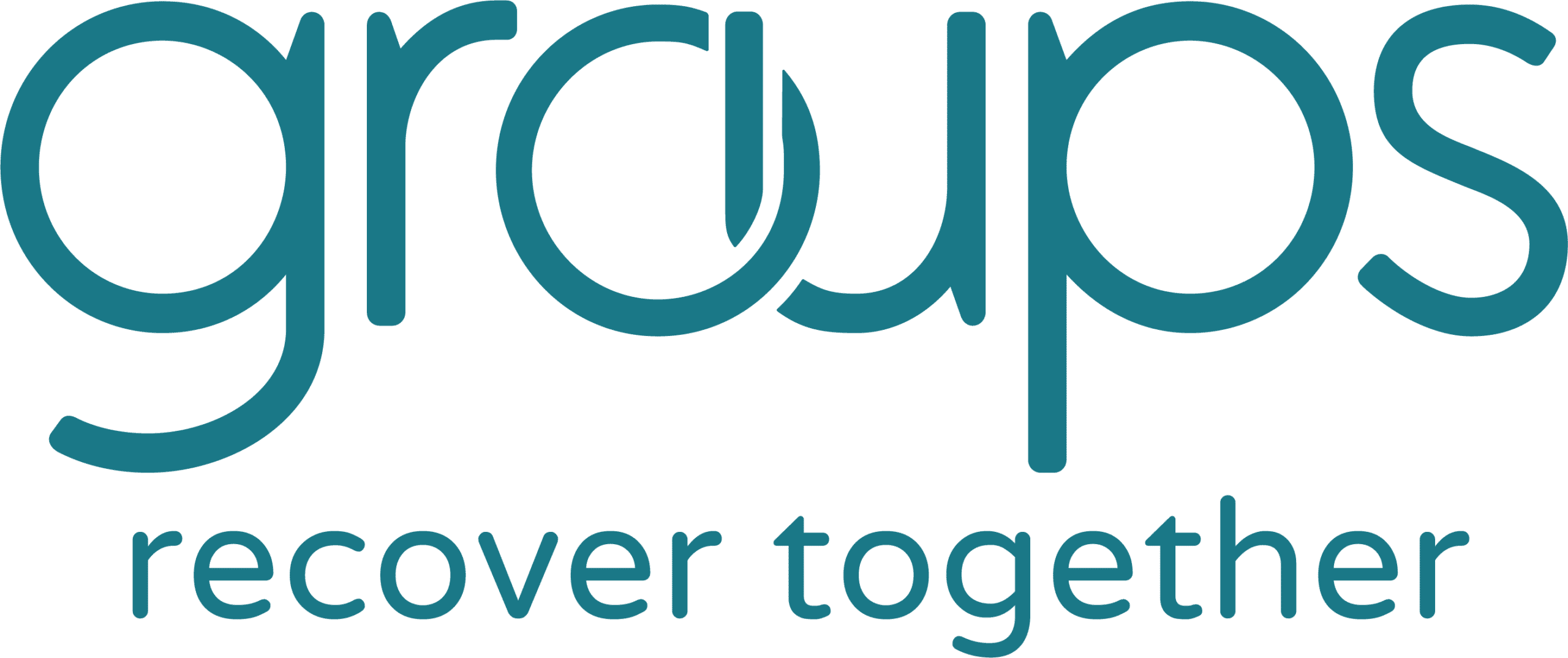There are many types of opioid drugs that are prescribed to people who have a medical issue or are undergoing a procedure. Fentanyl is one of them. A doctor may give a prescription of fentanyl to someone who is experiencing chronic pain that’s affecting their ability to carry out everyday activities. It’s also a drug that is used to help people during and after surgical procedures to reduce severe pain.
While fentanyl is a prescription drug, it’s also an opioid that can be used in an unsafe manner. By learning about the ins and outs of fentanyl substance use, you can see how the opioid can impact a person’s mental, emotional, and physical health if it’s not made or taken correctly. We’ll also talk about how Groups can help if you’re experiencing addiction that may include fentanyl substance use.
The basics of fentanyl
Fentanyl is a synthetic drug, meaning it’s created in a lab using chemicals. While it’s meant for pharmaceutical use using legal manufacturing and prescriptions, it can also be made illegally.
Fentanyl is used for both pain relief and anesthesia. It’s up to 100 times stronger than morphine, a nonsynthetic drug used to reduce pain. It’s often administered in a hospital setting through an injection if other pain treatment options haven’t worked.
Fentanyl works to block the pain signals in the brain. It can cause a variety of mental, emotional and physical symptoms, including:
- Relaxation and/or sleepiness
- Feelings of intense joy or euphoria
- Confusion
- Drowsiness
- Dizziness
- Constricted pupils
- Nausea or vomiting
- Difficulty emptying the bladder
- Low breathing rate
What it means to use fentanyl safely vs. unsafely
Fentanyl is an opioid that is only legally prescribed by a doctor and administered in a clinical setting. By taking the controlled substance as directed, a person’s pain can be reduced without lasting or intense effects on the body.
However, the amount of fentanyl that a person takes can play a significant role in safety. The dosage prescribed can range from 1 microgram for moderate to severe pain up to 100 micrograms for people managing pain following a surgical operation.
Approximately 2 milligrams of the opioid can be lethal. Counterfeit, or illegally made, fentanyl has been shown to have more than twice the lethal amount. When it’s created in an illegal lab, fentanyl is also often mixed with methamphetamine, cocaine, or heroin, which can increase the risk of overdose and death. One of the main reasons why fentanyl is dangerous is because it may be added without the user’s knowledge. Illegal fentanyl often comes in the form of powders, nasal sprays, and pills.
Due to the strength of fentanyl, misusing the opioid can lead to an overdose, resulting in a coma or death. While there are a variety of synthetic opioids that can lead to an overdose death, fentanyl is one of the most common. Fentanyl has become more and more common in overdose deaths, especially since 2014. In 2022, more than 73,000 overdose deaths in the U.S. were from prescription opioids with a synthetic opioid, such as fentanyl.
If a person is given fentanyl, they should be monitored closely by health care professionals to reduce the risk of misuse or dangerous side effects. Even when taken as prescribed, a person can become dependent on fentanyl if it’s taken over the course of an extended time. This increases the risk of addiction.
Groups can help you decrease fentanyl substance use
Fentanyl is an opioid that can have deadly effects if it’s taken in an unsafe way, which is possible for people who are experiencing opioid addiction. While it can be difficult to seek treatment for opioid use disorder, it can improve your overall quality of life while also reducing the risk of a fatality from fentanyl that may be combined with other substances. We’re here to guide you along your journey toward a safer, healthier future.
At Groups we do more than give you a quick fix and send you on your way. We’re in this together, through the ups and downs.
We’ll start with prescribing Suboxone, a medication that can reduce cravings and withdrawal symptoms. Then, you’ll join group therapy, where you can discuss your experiences in a safe, judgment-free space with other people you can relate to, empathize with, and motivate. You’ll also collaborate with our social services team for recovery support to help you maintain your progress and reach your personal goals.
Give our Recovery Support Specialists a call today for more information or to begin your recovery.




